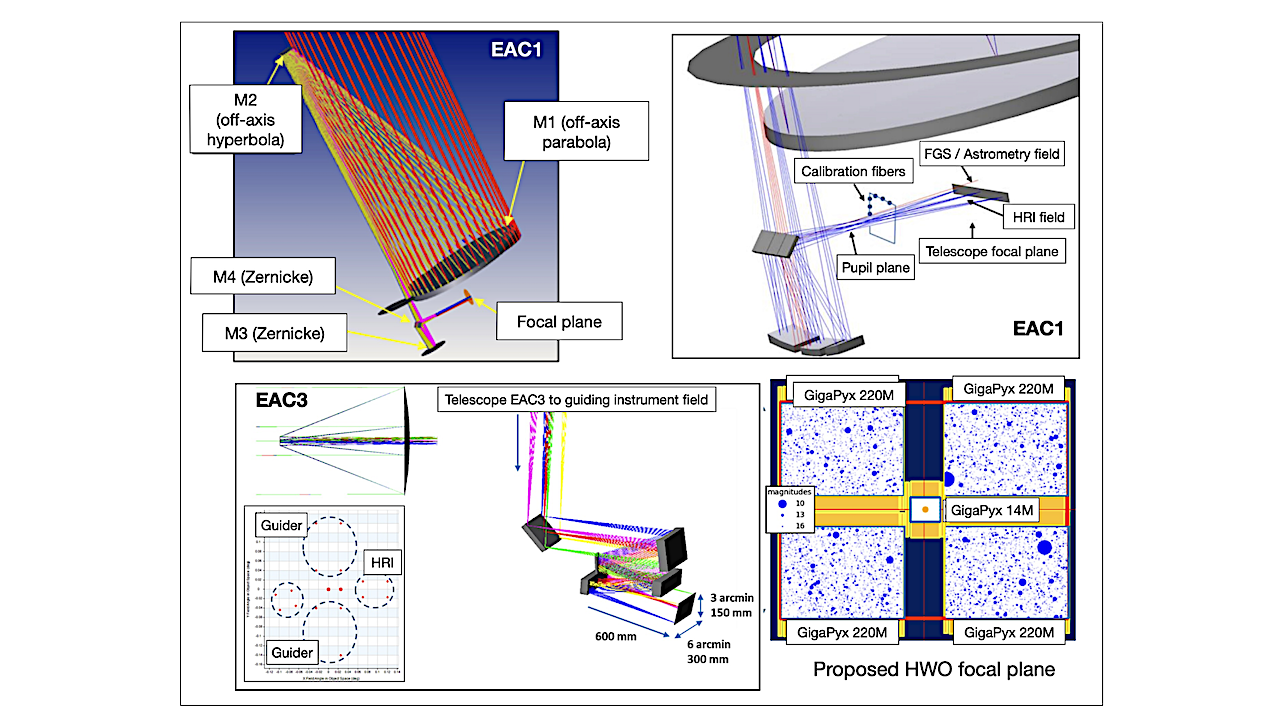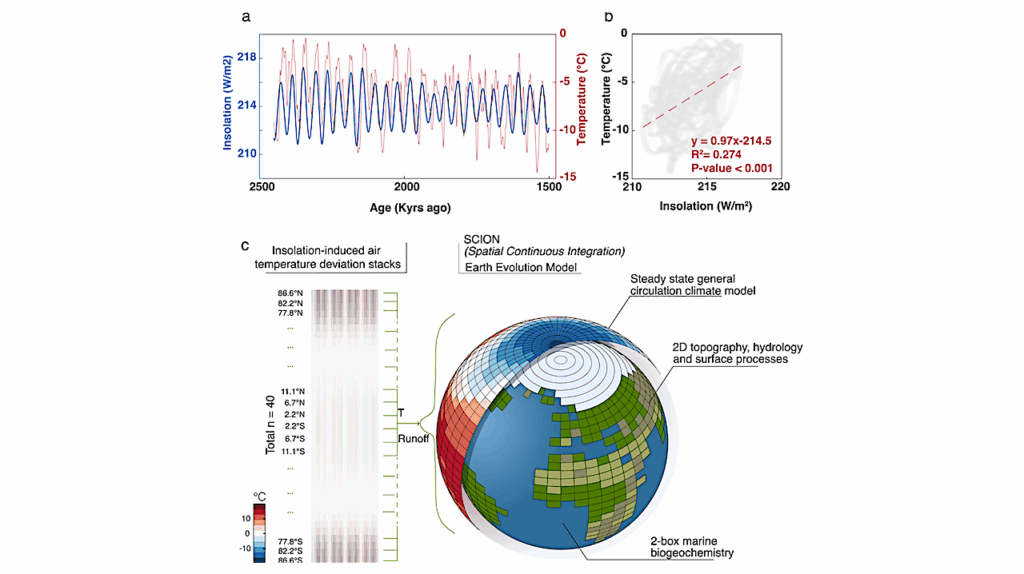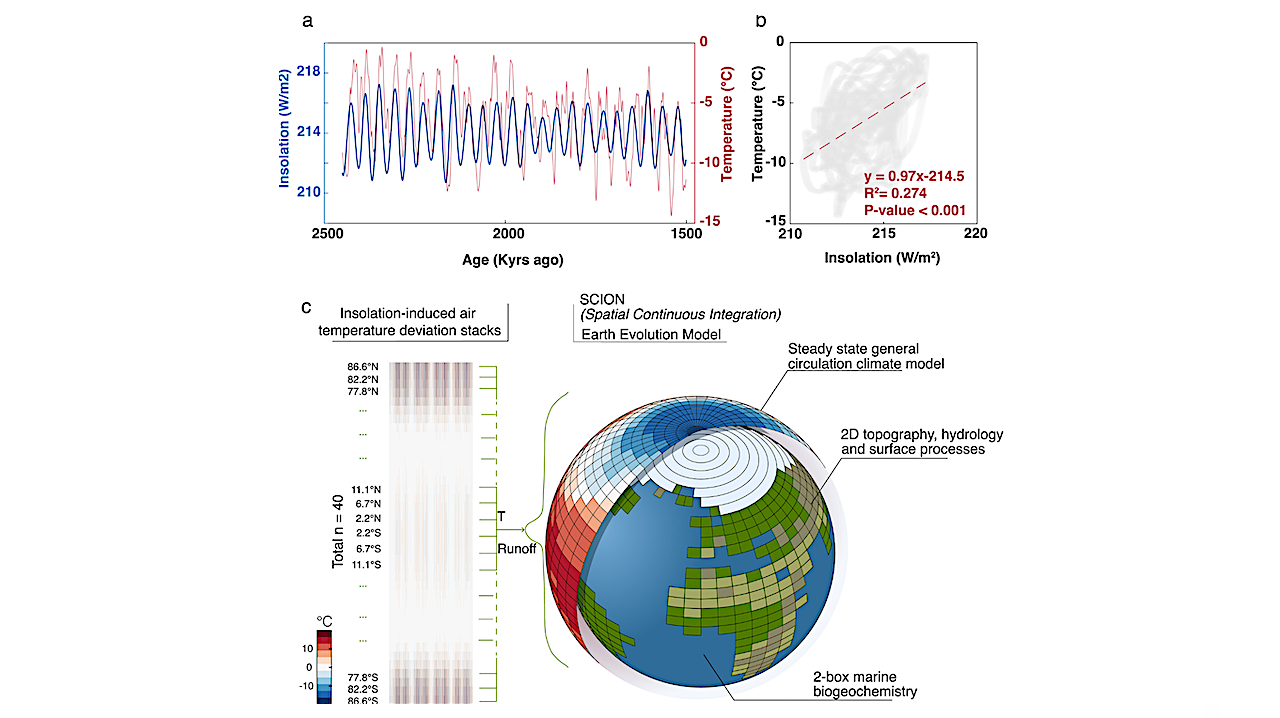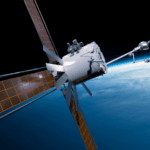Now Reading: Very High Precision Astrometry for Exoplanets and Dark Matter with the Habitable Worlds Observatory
-
01
Very High Precision Astrometry for Exoplanets and Dark Matter with the Habitable Worlds Observatory
Very High Precision Astrometry for Exoplanets and Dark Matter with the Habitable Worlds Observatory


A possible Focal Plane dedicated instrument for HWO. Upper left panel: HWO telescope configuration for Exploratory Architecture Concepts) EAC1. Upper right panel : location of the focal plane and the detectur Calibration unit in the EAC1 case. Bottom left panel : location of the focal plane and the detector Calibration unit in the EAC3 case. Bottom right panel : possible focal plane concept with 4 GigaPyx 220M detectors and a central GigaPyx 14M detector. — astro-ph.IM
Astrometry, one of the oldest branches of astronomy, has been revolutionized by missions like Hipparcos and especially Gaia, which mapped billions of stars with extraordinary precision.
However, challenges such as detecting Earth-like exoplanets in nearby habitable zones and probing the influence of dark matter in galactic environments require sub-microarcsecond accuracy. With a 6–8 meter large-aperture telescope operating across at visible wavelengths, the Habitable Worlds Observatory by NASA can combine astrometry and direct imaging to detect rocky exoplanets within 10 parsecs and study their atmospheres. We consider here the scientific requirements and present a concept for a dedicated astrometric instrument on HWO.
It is capable to produce diffraction-limited images of large fields, achieving a point-spread function (PSF) precision of 20 milliarcseconds. Equipped with a detector calibration system, HWO can perform high precision astrometry, and, detect and measure the orbit of Earth-mass planets in the habitable zone of Nearby Solar-type stars.
HWO can dramatically improve current constraints on the self- interaction cross-section of heavy dark matter particles (WIMPs) and on the masses of ultra-high dark matter particles, through the study of stellar motions in galactic environments. The visible channel of the instrument features a large CMOS-based focal plane with stitched pixel arrays, enabling a large field of view.
The “Detector Calibration Unit” system uses interferometric laser fringes to calibrate pixel positions. Using differential astrometry and pointed observations with a stable telescope design enables extended integration times, enhancing sensitivity to sub-microarcsecond precision for detecting exoplanets and studying dark matter through stellar motion.
Fabien Malbet (IPAG), J. Amiaux (DAP), F. Ardellier-Desages (DAP), E. Doumayrou (DAP), P.-A. Frugier (DAP), R. Goullioud (JPL), T. Greene (IPAC), L. Labadie, P.-O. Lagage (DAP), M. Lizzana (IPAG, CNES), A. Léger (IAS), T. Lépine (IOGS, LabHC), G. Mamon (IAP), J. Martignac (DAP), F. Pancher (IPAG), T. Pichon (DAP), A. Roberge, S. Ronayette (DAP), H. Rousset, S. Soler (IPAG), A. Sozzetti (OATo), T. Tourette (DAP)
Subjects: Instrumentation and Methods for Astrophysics (astro-ph.IM); Cosmology and Nongalactic Astrophysics (astro-ph.CO); Earth and Planetary Astrophysics (astro-ph.EP); Solar and Stellar Astrophysics (astro-ph.SR)
Cite as: arXiv:2510.18920 [astro-ph.IM] (or arXiv:2510.18920v1 [astro-ph.IM] for this version)
https://doi.org/10.48550/arXiv.2510.18920
Focus to learn more
Journal reference: Towards the Habitable Worlds Observatory: Visionary Science and Transformational Technology, Lee, Janice, Jul 2025, Washington DC, United States
Submission history
From: Fabien Malbet
[v1] Tue, 21 Oct 2025 08:15:22 UTC (3,125 KB)
https://arxiv.org/abs/2510.18920
Astrobiology, exoplanet, astronomy,
Stay Informed With the Latest & Most Important News
Previous Post
Next Post
-
 012024 in Review: Highlights from NASA in Silicon Valley
012024 in Review: Highlights from NASA in Silicon Valley -
 02Panasonic Leica Summilux DG 15mm f/1.7 ASPH review
02Panasonic Leica Summilux DG 15mm f/1.7 ASPH review -
 03How New NASA, India Earth Satellite NISAR Will See Earth
03How New NASA, India Earth Satellite NISAR Will See Earth -
 04And Thus Begins A New Year For Life On Earth
04And Thus Begins A New Year For Life On Earth -
 05Astronomy Activation Ambassadors: A New Era
05Astronomy Activation Ambassadors: A New Era -
06SpaceX launch surge helps set new global launch record in 2024
-
 07Space Force plans new ‘Futures Command’ amid pressure to speed up modernization
07Space Force plans new ‘Futures Command’ amid pressure to speed up modernization



















